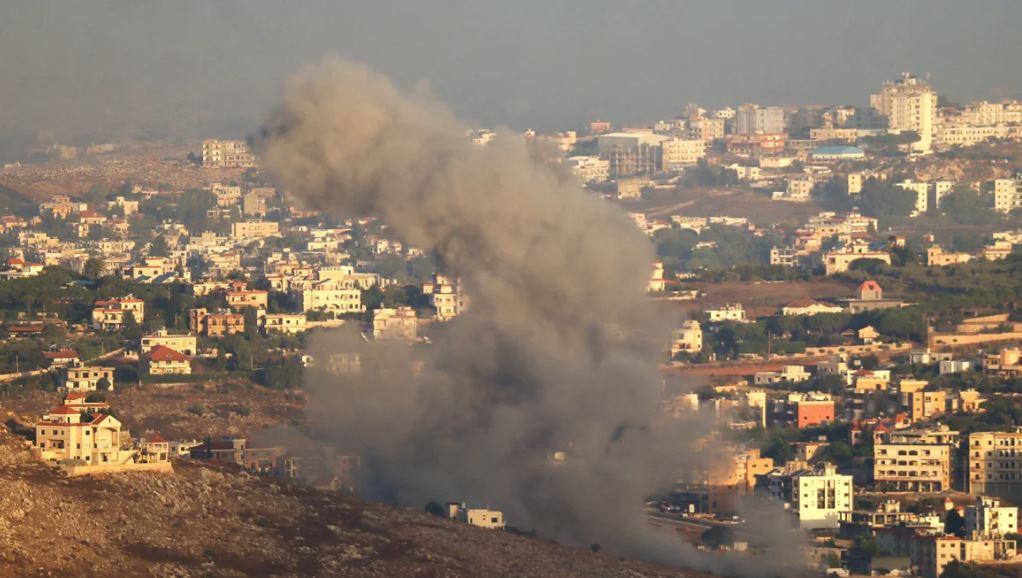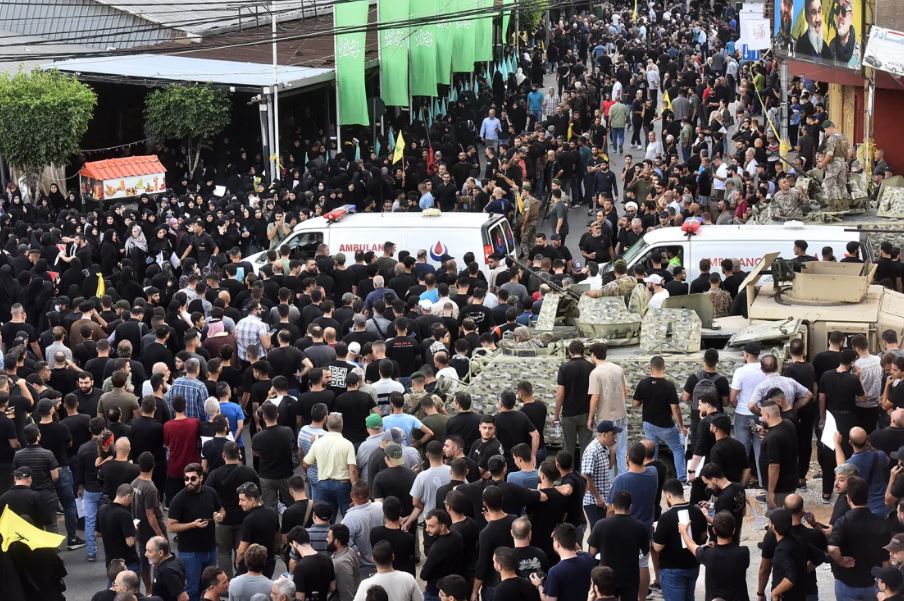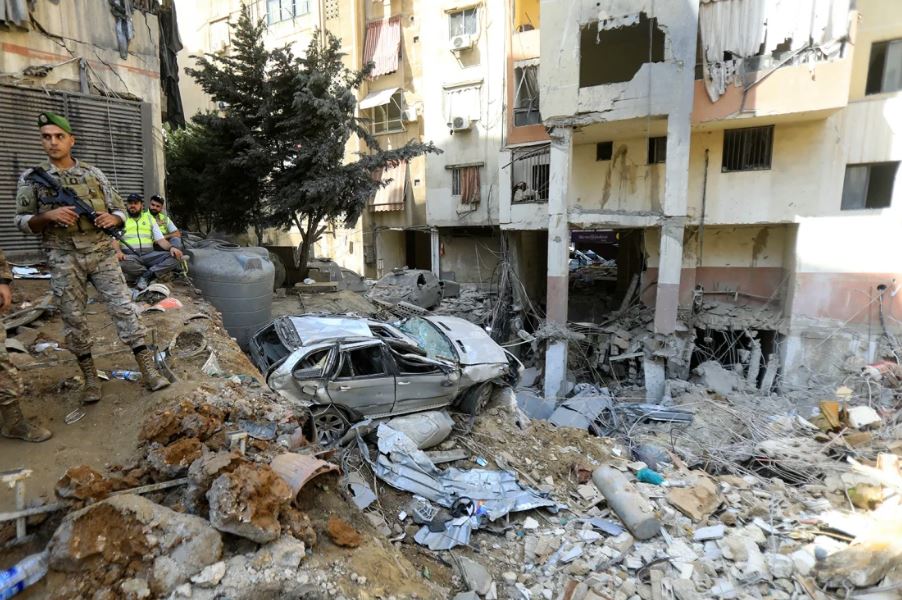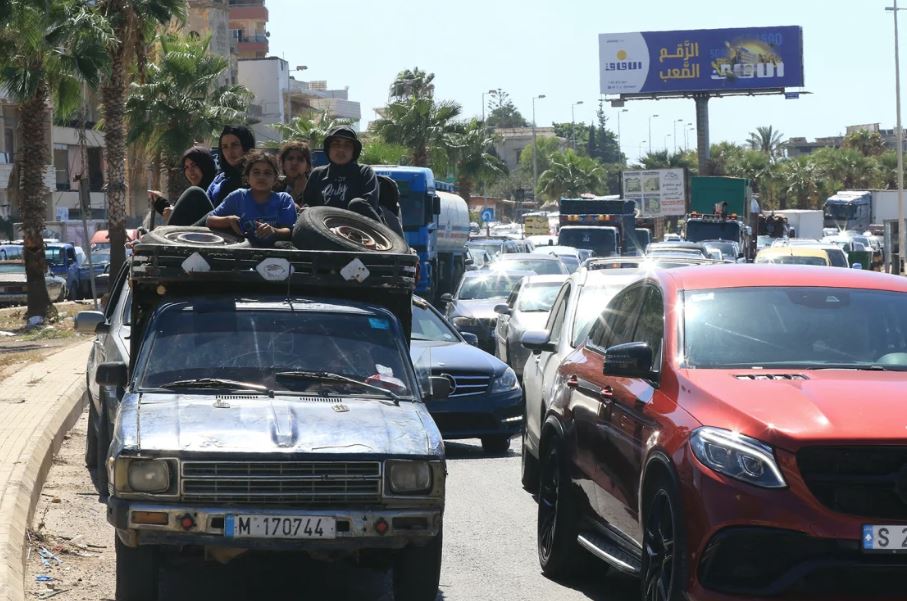The Lebanese Health Ministry reported that
many of the Israeli strikes hit residential
areas hospitals, and medical centers
News Desk

Beirut: The recent surge in hostilities between Israel and Hezbollah has resulted in significant casualties and widespread destruction across Lebanon. Israeli airstrikes have claimed the lives of at least 560 people and injured over 1,800 in just two days. This marks one of the deadliest escalations in the region in recent years.
Heavy Airstrikes on Southern Lebanon and Bekaa Region
Israel targeted numerous sites in southern Lebanon, including Hezbollah’s alleged weapon depots and rocket launchers. The Bekaa region, which has long been a stronghold for Hezbollah, also witnessed heavy bombardment. Israeli forces stated that the strikes are part of a broader effort to neutralize Hezbollah’s military capabilities, similar to their operations against Hamas in the Gaza Strip(

Hezbollah’s Retaliation and Missile Launch Towards Tel Aviv
In retaliation, Hezbollah launched hundreds of rockets into northern Israel. The group also fired a ballistic missile towards Tel Aviv, which was intercepted by Israel’s air defense system. This is the first time since the conflict began that a projectile from Lebanon has reached central Israel. The attack heightened fears of a potential escalation into a full-scale regional conflict(

Civilian Casualties and Humanitarian Impact
The Lebanese Health Ministry reported that many of the Israeli strikes hit residential areas, hospitals, and medical centers. The death toll includes at least 35 children and 58 women. The severe damage to infrastructure has prompted widespread displacement, with thousands fleeing their homes to seek safety(

International Response and Calls for De-Escalation
The UN Security Council held an emergency meeting to address the situation, urged by France. The international community is calling for an immediate ceasefire to prevent further loss of life and to provide humanitarian assistance to those affected by the conflict(
As tensions continue to rise, the prospect of a broader conflict looms large, raising concerns over regional stability and the safety of civilians on both sides of the border.






















